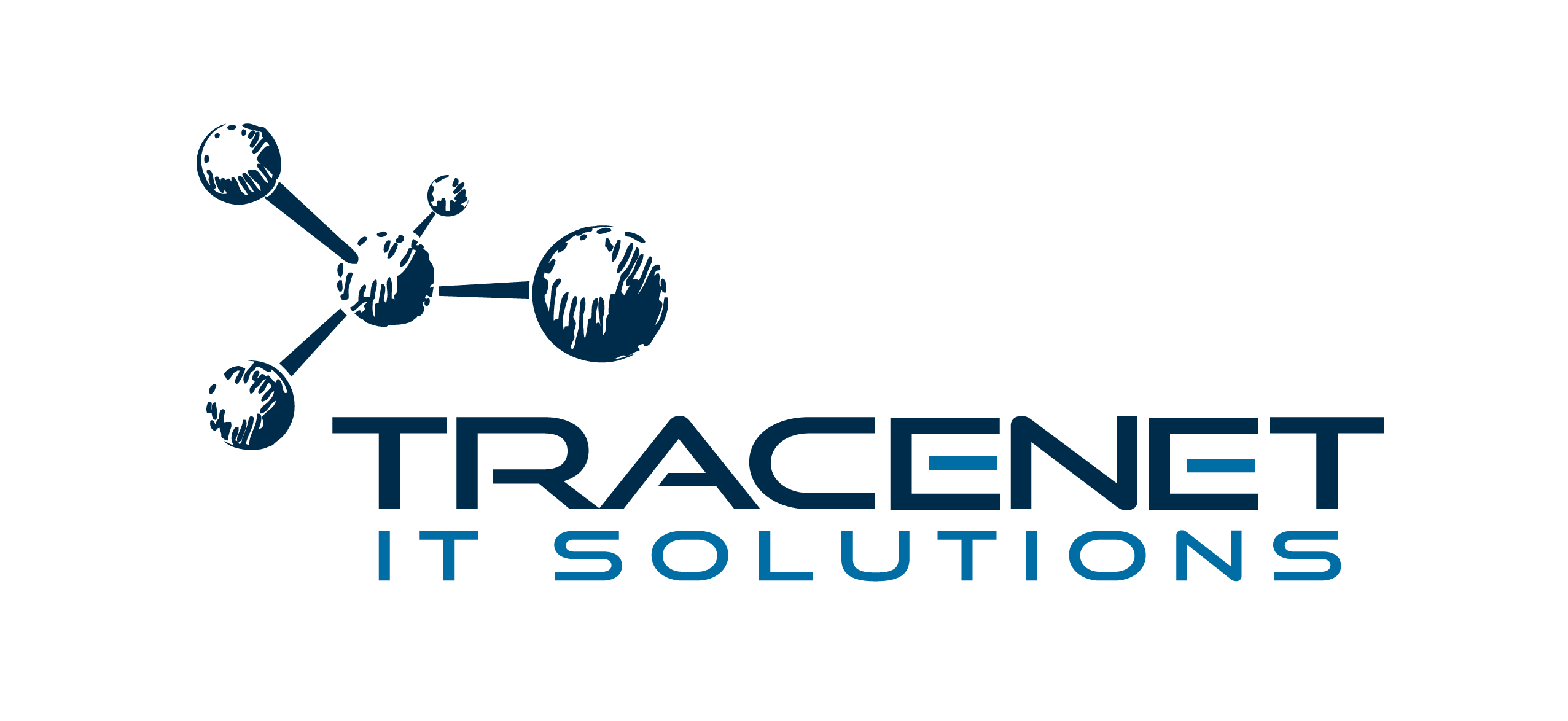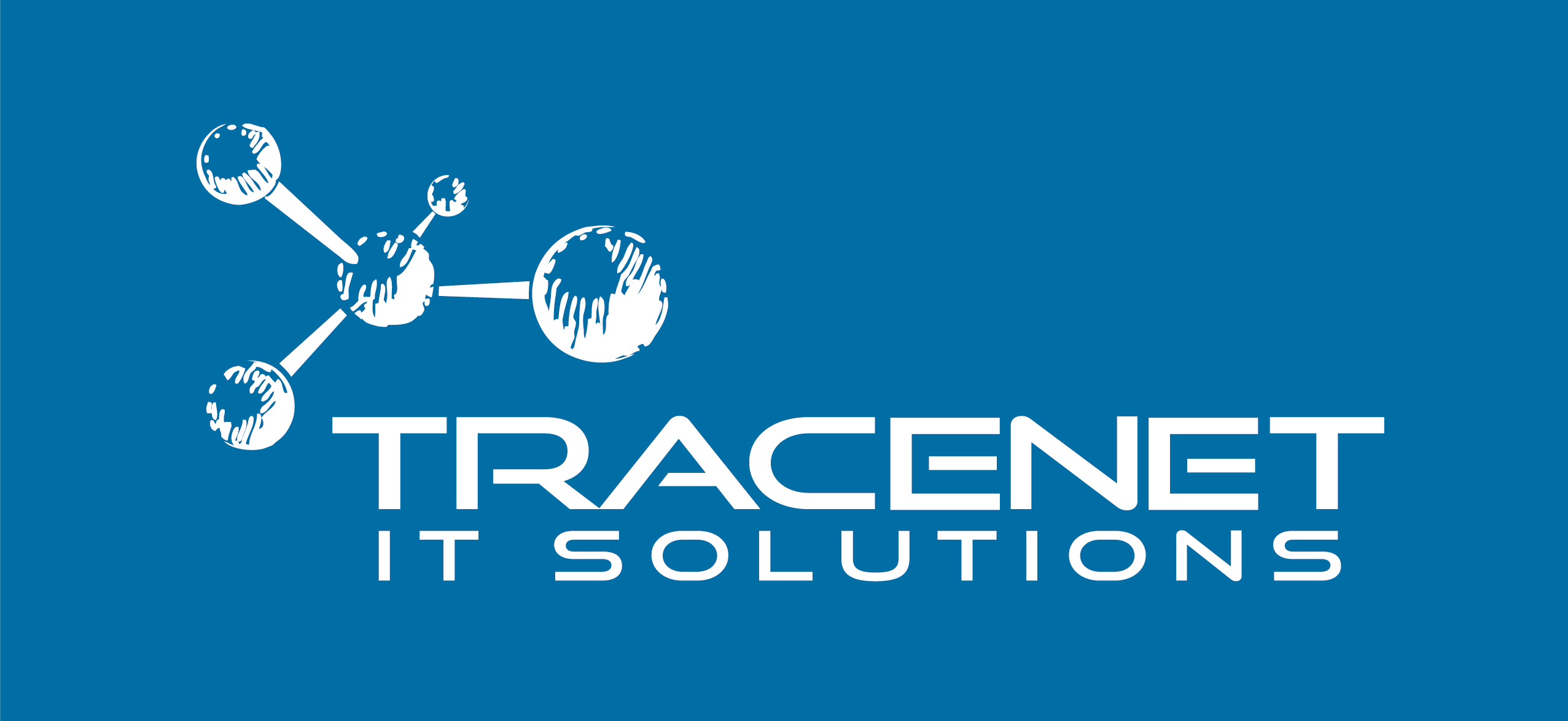Security and opportunity are the main adjectives that describe having a captive portal in your company. It’s a way of controlling who and how accesses networks, and it’s also very valuable for collecting user data.
Let’s learn more about it below!
What is Captive Portal?
It’s a gateway to an establishment’s wireless network, whether it’s a shopping mall, airport, or store. It allows the company to control who enters and leaves the network, preventing intrusions and also collecting data legally. In other words, Captive Portal has some key features that range from controlling access to the network to personalizing the user experience. Check them out:
- User authentication: when accessing the wireless network, users are redirected to a login page where they need to enter valid credentials to access the internet. This helps ensure that only authorized people use the network.
- Terms and conditions: before granting access to the internet, the captive portal can display the network’s terms and conditions of use. This can include privacy policies, acceptable use standards and other legal terms that users must agree to before connecting.
- Data collection: the captive portal allows companies to collect information from users who access their network, such as name, e-mail address, telephone number, etc. This data can be used for marketing analysis, personalization of services and other commercial purposes
- Access control: in addition to authenticating users, the captive portal can also control access based on different criteria, such as time, location and device type. This makes it possible to segment the network and apply specific access policies.
- Security: by requiring authentication, captive portal helps protect the network against unauthorized access and cyber attacks. It can also offer encryption features to protect communication between devices and the network.
- Analysis and metrics: based on the data collected by the captive portal, companies can carry out detailed analysis of network usage, traffic patterns, user preferences and much more. This can inform strategic decisions and network infrastructure improvements.
- Personalization of the User Experience: with information about users, companies can personalize the experience of using the network, offering relevant content, targeted promotions and other advantages that improve customer satisfaction.
How does Captive Portal work?
Firstly, the connection is detected when the device tries to connect to the network. You are then directed to Captive Portal, where there is a section for logging in and accepting the terms and services and privacy. After filling in the form with basic information, there is authentication, where Captive Portal checks the information and if it is as expected, the device is released for full access, until the session is closed.
What are the main advantages?
Security: Captive Portal is one of many solutions used to strengthen the cybersecurity of corporate networks, as it prevents malicious access.
Brand reinforcement: your captive portal can be fully customized according to your brand’s identity, as well as carrying important messages.
High segmentation power: in an establishment, employees, and customers can use the same network but have access to different things. Captive Portal not only identifies these people, but also works to separate them into categories.
Comply with the GDPR: collecting your customers’ data in the right way can be a difficult task. With Captive Portal, you get authorization to do so quickly and conveniently.
Integrating Captive Portal with CRM systems
Integrating Captive Portal with Customer Relationship Management (CRM) systems is a powerful strategy for companies that want to improve data analysis, personalization of the customer experience and operational efficiency. By connecting Captive Portal to CRM, companies can make the most of the information collected from network users, turning this data into valuable insights to improve services, boost sales and strengthen customer relationships.
Advanced Data Analysis: Integration with CRM allows for more advanced analysis of the data collected by Captive Portal. This includes information such as browsing history, purchasing preferences, online behavior and interactions with the company. With this data in hand, companies can segment customers more precisely, identify behavior patterns and anticipate future needs.
Personalization of the Customer Experience: Based on CRM data, Captive Portal can personalize the customer experience more effectively. This includes offering personalized content, relevant product/service recommendations, exclusive offers and targeted communications that meet each customer’s specific needs and interests.
Process automation: The integration between Captive Portal and CRM allows processes to be automated, such as registering new customers, updating profile information and synchronizing data in real time. This reduces the need for manual intervention, increasing operational efficiency and minimizing errors.
Improved Decision Making: By combining Captive Portal data with CRM information, companies have a more comprehensive and detailed view of customer behavior. This makes it easier to make strategic decisions, such as adjusting marketing campaigns, developing new products/services and optimizing sales strategies.
Customer Retention and Loyalty: With a deeper understanding of customers gained through the integration of Captive Portal with CRM, companies can implement effective retention and loyalty strategies. This includes personalized loyalty programs, proactive communications to resolve problems before they arise and offering exceptional experiences that keep customers engaged and satisfied.
Monitoring and evaluating results: Integration also makes it easier to monitor and evaluate the results of the strategies implemented. Companies can track key metrics, such as conversion rates, customer engagement, return on investment (ROI) and customer satisfaction, to continually adjust their approaches and maximize results.
In short, integrating Captive Portal with Customer Relationship Management (CRM) systems offers a number of significant benefits, from deeper data analysis to more effective personalization of the customer experience and improved operational efficiency. It’s an essential strategy for companies looking to stand out in a competitive market and offer exceptional customer experiences.



